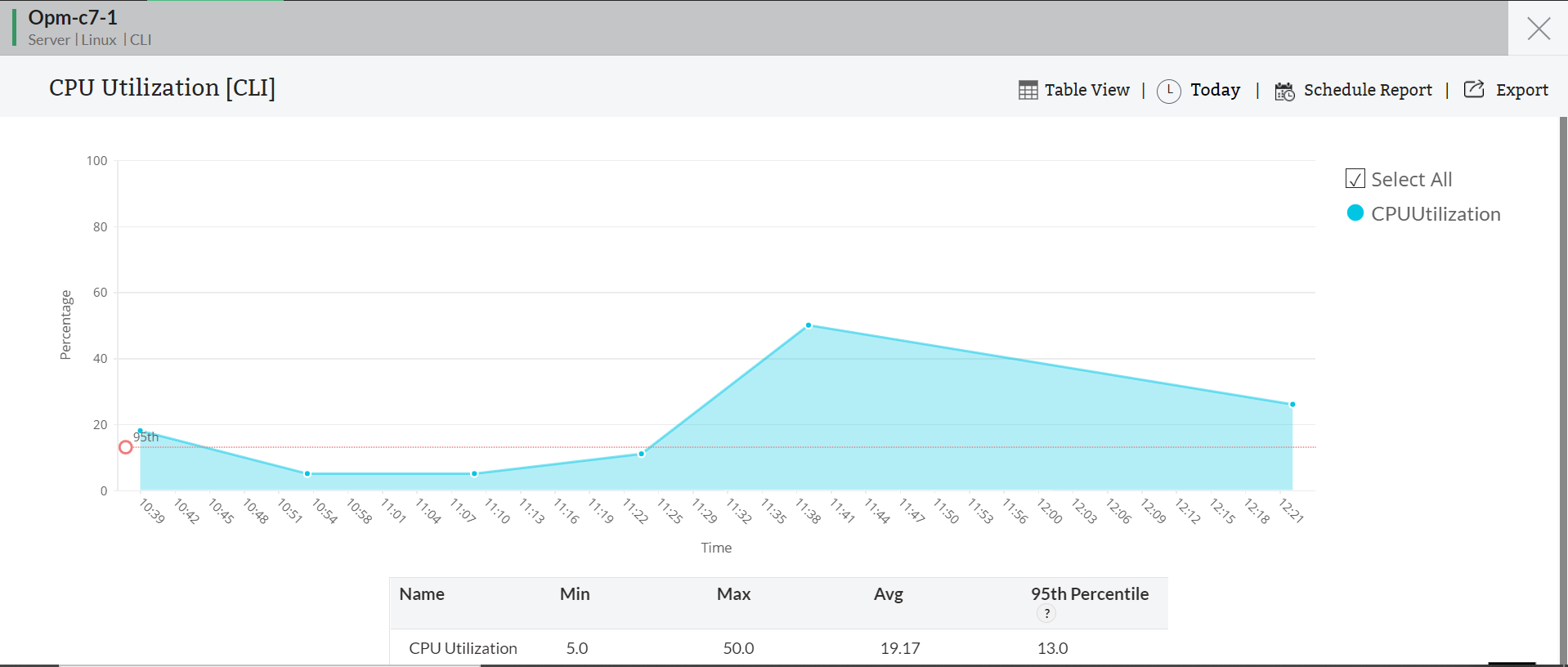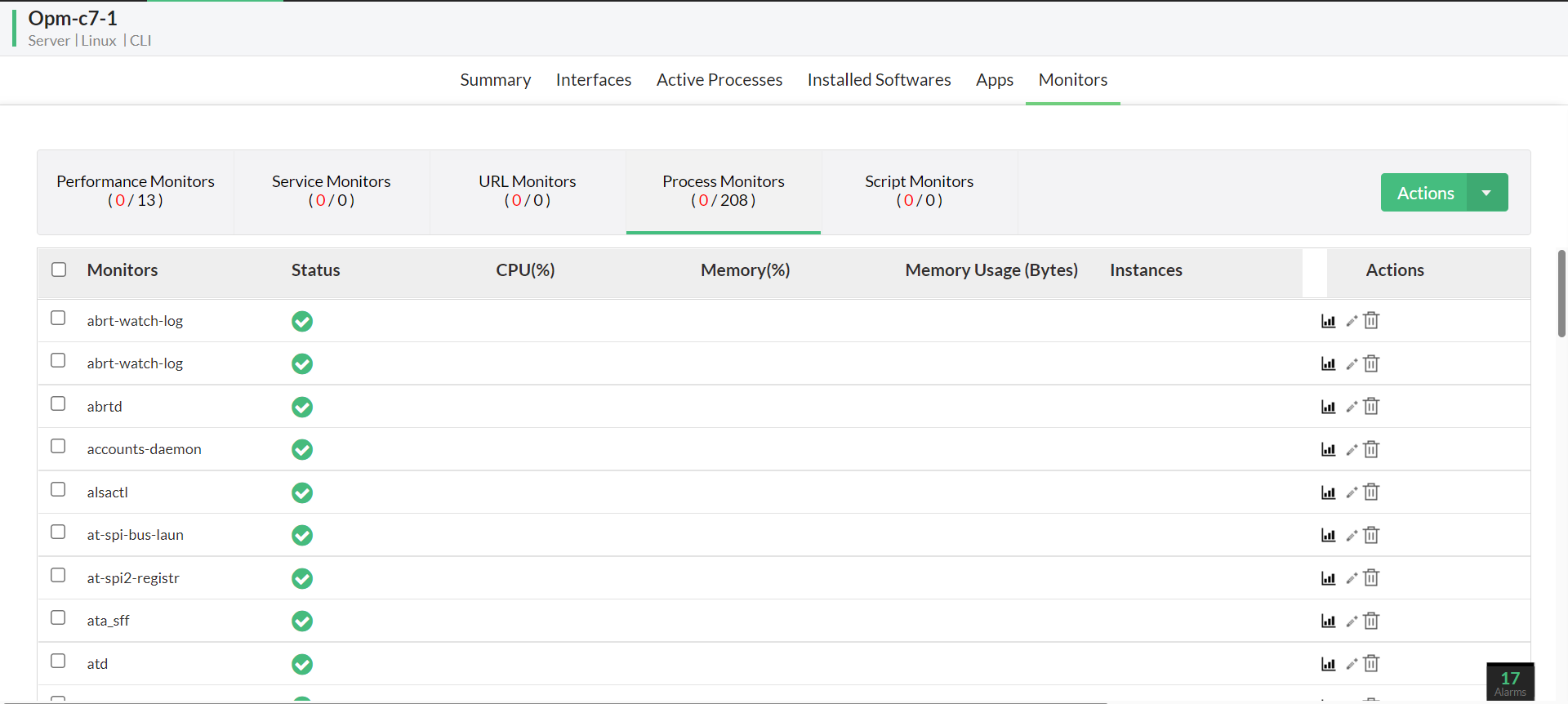Are you ready to unlock a new dimension of control and connectivity for your Internet of Things (IoT) devices? Remote IoT monitoring via SSH offers unparalleled security and accessibility, transforming how you manage and interact with your connected world.
The digital landscape is rapidly evolving, with interconnected devices weaving themselves into the fabric of our daily lives. From smart homes to industrial automation, the proliferation of IoT devices presents incredible opportunities. However, this connectivity also introduces challenges, particularly in managing and securing these devices. Remote IoT monitoring, especially when implemented through the secure shell (SSH) protocol, addresses these concerns head-on, providing a robust solution for accessing, controlling, and maintaining your IoT infrastructure from anywhere in the world.
The cornerstone of this approach lies in the power of SSH. Secure Shell is a cryptographic network protocol designed to provide secure communication over an unsecured network. It encrypts all data transmitted between your devices, making it incredibly difficult for hackers to intercept or compromise your valuable data. This inherent security is why SSH is the bedrock of remote IoT monitoring, safeguarding your devices and the sensitive information they handle.
Let's delve deeper into the world of Remote IoT Monitoring through the lens of SSH and understand its capabilities.
Imagine you're a tech enthusiast, perhaps with a burgeoning interest in home automation, or a seasoned professional in the field of industrial IoT. You've invested in a Raspberry Pi, the versatile single-board computer, and you're eager to harness its potential for remote monitoring. Your objective: to oversee environmental sensors, control lighting, or perhaps monitor the performance of your 3D printer, all from the convenience of your smartphone or laptop, no matter where you are.
This is where Remote IoT monitoring with SSH shines. By leveraging the power of SSH, you can establish a secure and reliable connection to your Raspberry Pi, no matter the location. This allows you to access the device's terminal, execute commands, transfer files, and troubleshoot any issues that may arise, all through an encrypted connection that keeps your data safe from prying eyes.
Remote access is the core of this approach, but security is paramount. SSH ensures that all communication is encrypted, safeguarding your devices from unauthorized access and data breaches. With SSH, you can establish a stable and reliable connection, even over long distances. This makes it possible to manage and secure your IoT devices from anywhere in the world.
The process starts with your Raspberry Pi. First, you'll need to ensure that your Raspberry Pi is connected to a network and that you have a suitable SSH client installed on your computer or smartphone. SSH clients are widely available for all major operating systems, so the initial setup is relatively straightforward.
Next, configure your Raspberry Pi to enable SSH access. This typically involves enabling the SSH server and setting up a secure password or, for enhanced security, configuring SSH keys. SSH keys use cryptographic keys for authentication, making the connection even more secure, and it can prevent brute-force attacks. Once these steps are complete, you're ready to access your Raspberry Pi remotely.
To access your Raspberry Pi from a browser, you'll often leverage a web-based SSH client, such as the one offered by RemoteIoT, to make the process much easier. These clients provide a user-friendly interface to interact with your device. You can connect to any device or machine behind firewalls.
The installation typically begins with downloading and installing a small "agent" on your Raspberry Pi. The agent facilitates the secure connection between your device and the remote monitoring platform. Once the agent is installed and running, you can sign up and log in to the RemoteIoT portal. You'll then be able to see your Raspberry Pi listed in your account's device inventory, ready to be monitored and managed.
With RemoteIoT, a platform specifically designed for remote IoT monitoring, the process is streamlined. The RemoteIoT platform provides tools to remotely monitor GPUs such as the Jetson series. Users can remotely and conveniently monitor the various performances of the GPU. With an RemoteIoT account, the dashboard provides a centralized view of your devices, allowing you to monitor their status, check their uptime, and receive alerts if any issues arise.
The advantages of this approach extend beyond mere access. Remote IoT device management platforms, like RemoteIoT, help you monitor and detect uptime issues, troubleshoot problems, and perform software updates. Remote IoT software OTA (Over-the-Air) updates allow you to remotely push the latest firmware and software to your devices, ensuring they're up-to-date and secure.
For the more tech-savvy among us, the use of the command line remains a core component of IoT management. In this context, the ability to access the terminal of your Raspberry Pi via SSH becomes essential. With a simple command, you can access the command line and can also install the RemoteIoT service. Once installed and connected to the platform, you can remotely troubleshoot and manage devices via the command line.
Remote IoT monitoring via SSH is not just a technical solution; it's a strategic advantage. It offers several benefits: enhanced security through encrypted communication, reliable connectivity over long distances, and centralized device management. RemoteIoT, with its features for device monitoring, troubleshooting, and software updates, exemplifies this approach.
Remote IoT monitoring via SSH is like having a superpower that allows you to access and manage IoT devices from anywhere, all while keeping everything locked down tight. The possibilities are endless, and the future of IoT is in your hands! Whether it's a driverless car or a smart city, IoT device management helps businesses and consumers get the most out of their connected devices.
With SocketXP, a cloud platform, it's easy to support a large number of devices, scaling up to 100,000 or more per customer account. SocketXP's gateway is a cloud-native application capable of cloud-scale growth on demand, making it ideal for enterprise-level deployments.
There are several reasons to embrace SSH for IoT monitoring:
- Security: Ssh encrypts all data transmitted between your devices, making it almost impossible for hackers to intercept your information.
- Reliability: With SSH, you can establish a stable and reliable connection, even over long distances.
- Remote Access: You can access your devices from anywhere in the world.
- Management: You can securely manage and control your IoT devices.
In a world where connectivity is king, remote IoT monitoring via SSH is not just a nice-to-have, it's a necessity. As the number of IoT devices continues to grow, the need for secure, reliable, and easy-to-manage solutions becomes more critical than ever. Remote IoT monitoring with SSH is the answer.
To get started, choose a platform such as RemoteIoT. Then, follow the steps outlined above to access your Raspberry Pi or IoT device through an encrypted SSH connection. The future of IoT is in your hands!
The core benefits of embracing remote IoT monitoring via SSH:
- Security: SSH utilizes encryption to secure all data transferred between devices, minimizing the risk of interception by malicious actors.
- Reliability: SSH establishes stable and dependable connections, ensuring consistent monitoring and control, regardless of the distance.
- Accessibility: Access your devices remotely from anywhere in the world, empowering you with global control.
- Management: Remotely manage and control your IoT devices, allowing for swift troubleshooting, efficient updates, and remote access to device configuration.
- Cost-effectiveness: SSH-based solutions can be cost-effective as they minimize the need for on-site visits for device management and troubleshooting.
- Scalability: SSH-based IoT monitoring can scale to accommodate a growing number of devices without a significant impact on performance.
Let's examine the benefits of remote SSH, remote access, remote connect, and remote monitor IoT. With a feature like RemoteIoT monitoring SSH download, users can securely access and manage IoT devices through an encrypted SSH connection, providing a secure gateway to your IoT devices. By combining the power of the SSH protocol with advanced monitoring capabilities, you can monitor, detect uptime, troubleshoot, and solve problems in your devices.
In the current interconnected landscape, remote IoT monitoring via SSH download is a critical aspect of modern technology, allowing users to manage and secure their IoT devices from anywhere in the world.



Detail Author:
- Name : Eddie Paucek
- Email : roderick42@marks.com
- Birthdate : 1980-12-01
- Address : 407 Barrows Point Apt. 163 Kihnside, PA 15013-0920
- Phone : 980-895-2243
- Company : Weber-Senger
- Job : Hunter and Trapper
- Bio : Nihil animi ea voluptates voluptatem sit omnis odio. Et sequi ratione velit praesentium ex. Quasi ipsum quod impedit rerum blanditiis magnam.